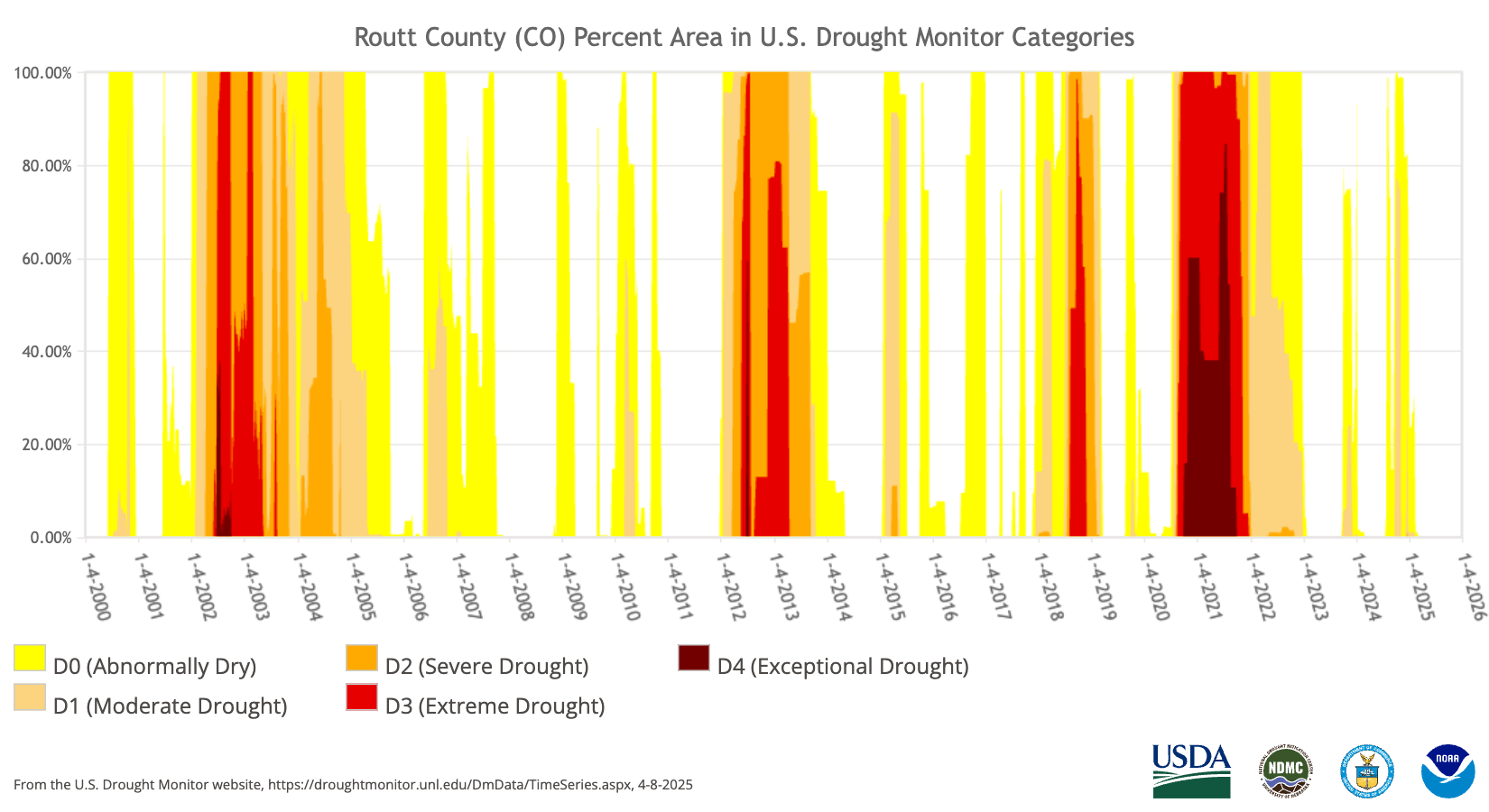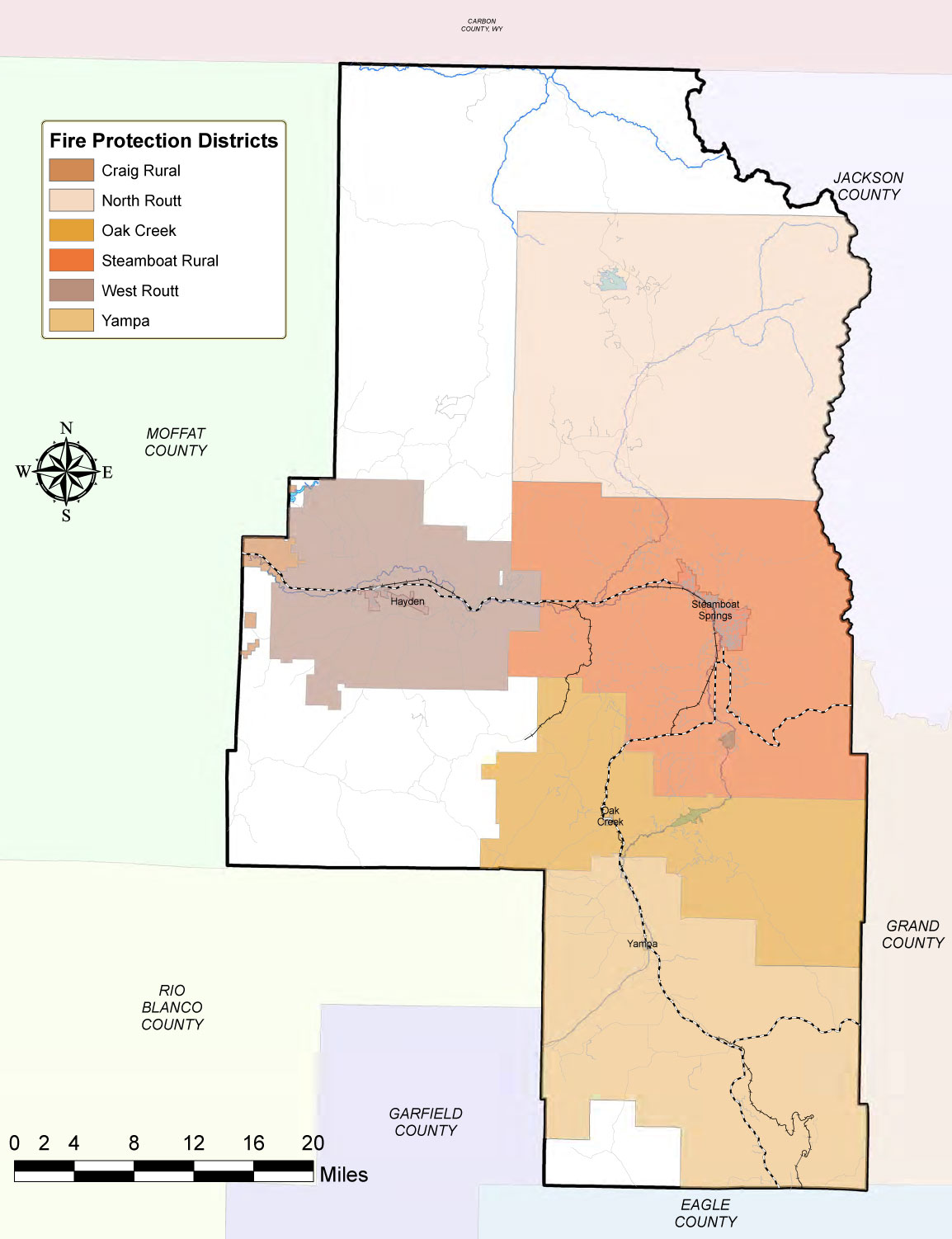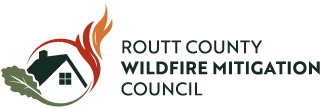resources
Wildfire Mitigation Education
Community Wildfire Protection Plan (CWPP)
Your comprehensive, community-informed, plan for understanding and addressing risk in Routt County.
Leading up to September 2023, a group of key stakeholders convened regularly and held community outreach meetings to inform priorities in Routt County. The result is the most recently published CWPP. It was intended to be a living, breathing document that can be updated periodically. Take a look and please provide any feedback that should be incorporated into the next update.
GET EDUCATED
Learn About Our Forests and Their Condition
Understanding how we got here and where we are today is key to the pursuit of meaningful solutions. There are a few major, pivotal and noteworthy factors that have contributed to the local, national and global climate and forest health issues we face today.
- Fire Ecology in Colorado: Wildfire has always been a part of the natural ecological cycle locally and throughout the world. It is one of many keys to the maintenance of healthy forests.
- The Industrial Revolution: “Carbon dioxide in the atmosphere warms the planet, causing climate change. Human activities have raised the atmosphere’s carbon dioxide content by 50% in less than 200 years.”
- Federal Wildfire Policy and the Legacy of Suppression: “Federal wildfire policy that emphasizes suppression—a legacy of early-1900s forest management—has resulted in a paradox: accumulated fuels and larger, more severe wildfires.”
- Exxon Deception: “By 1989 the company had helped create the Global Climate Coalition (disbanded in 2002) to question the scientific basis for concern about climate change. It also helped to prevent the U.S. from signing the international treaty on climate known as the Kyoto Protocol in 1998 to control greenhouse gases. Exxon’s tactic not only worked on the U.S. but also stopped other countries, such as China and India, from signing the treaty.”
- Understanding the Wildland-Urban Interface (WUI): “In 2020, 9.4 percent of the land area of the contiguous United States was in the WUI, but that land was home to more than 44 million homes—32 percent of all housing nationwide.“
- Routt Drought: Looking at the local landscape and forest health, a lack of precipitation and the gradual decline in relative humidity have resulted in a variety of beetle infestations, and considerably less healthy forests (more fuel).
- 2024 Report on the Health of Colorado’s Forests (CSFS): The latest and most up-to-date reporting on where we stand today.

Over the last 25 years, we have primarily been in some form of drought, ranging from ‘abnormally’ dry to ‘extreme drought,’ even an entire year of ‘exceptional drought’ in 2020/21.
When taken altogether, it’s not difficult to understand how the threat of wildfire has become so widespread and played such a major role in the up-ending of insurance markets. We can’t suppress our way out of this crisis. And it’s not reasonable to expect that this threat will be reduced by someone ‘cleaning up the forests.’ It’s up to us… the individual homeowners and community members. This issue will only advance.
information for homeowners
Mitigation Starts With You
Improving community resilience starts with the individual. Addressing your own vulnerabilities is the best place to start.
Before you can inspire others into action, it’s important to take inventory of your own domain and (at the very least) craft a strategy for addressing hazardous conditions in areas you can control. The following tools and resources can help:
information for HOAs/Neighborhoods
Help Your Community Become Fire-Adapted
Now that you’ve taken a hard look at your surroundings and (hopefully) started work with your neighbors and surrounding homes at any scale to further prepare for wildfire. You can’t do this alone!
See Homeowner Resources (in the above section) for technical guidance.
- Firewise USA: This national program is a great ‘starting line’ for communities looking to get organized and recognized for the good work they continue to do. And, good news, we can help!
- CSFS Grants: If your group has already made some investment (time / money / both) and you could use a little help, you may qualify for funding assistance. There are a lot of different grants available to help with community resilience, fuels reduction, etc.
ROUTT COUNTY FIRE DISTRICTS
For specific questions about your property or neighborhood, you can also contact your local fire district.
North Routt Fire Protection District
Chief Matt Mathisen
- Chief@northrouttfire.gov
- (970) 879-6064
Oak Creek Fire Protection District
Kenyon Shephard
- kenyon.shephard@oakcreekfire.org
- (303) 502-4881
Steamboat Springs Fire Rescue
Chief Chuck Cerasoli
- ccerasoli@steamboatsprings.net
- (970) 879-7170
West Routt Fire Protection District
Chief Trevor Guire
- tguire72@gmail.com
- (970) 276-3511
Yampa Fire Protection District
Chief Ky Cox
- fire5four@hotmail.com
- (970) 638-4227

